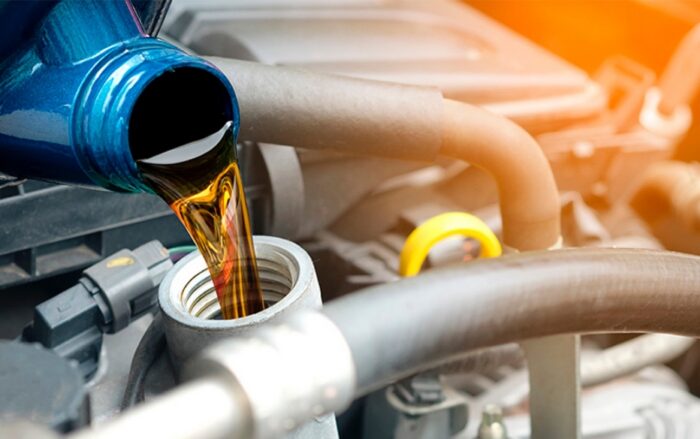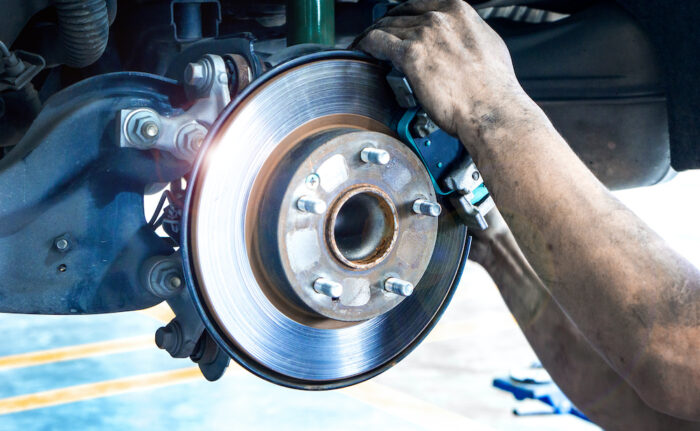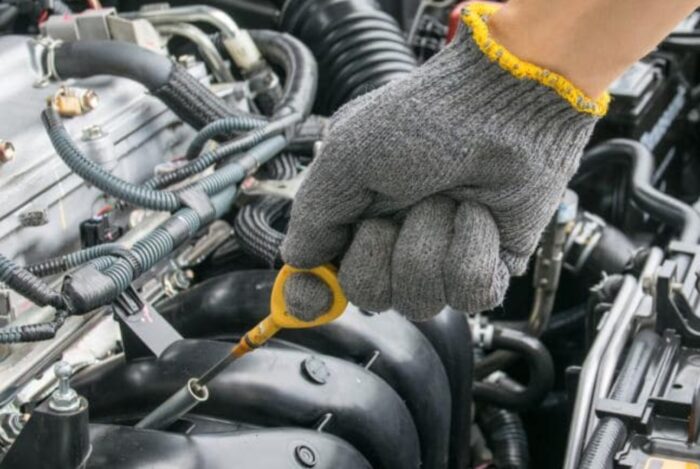
Being the proud owner of a Skoda car signifies a commitment to quality and performance. However, like all mechanical marvels, your vehicle needs regular care to maintain its peak condition. This blog post offers a comprehensive guide to essential maintenance tips that will keep your Skoda running smoothly and efficiently. From regular oil changes to scheduled servicing, these tips are crafted to ensure you enjoy the full benefits of your Skoda’s impeccable engineering for years to come.
Regular Oil Changes

Regular oil changes are the cornerstone of car maintenance. Your engine comprises numerous moving parts that generate heat and friction. Engine oil serves as a lubricant, reducing wear and tear, and preventing overheating. As time passes, the oil degrades, losing its lubricating properties and potentially leading to engine damage.
For Skoda cars, manufacturers typically recommend an oil change every 10,000 miles or 12 months, whichever comes first. However, driving in harsh conditions – like heavy traffic, dusty roads, or extreme temperatures – may necessitate more frequent changes. To enhance your Skoda’s performance even further, consider utilizing high-quality Skoda tuning parts that can optimize your driving experience. Use high-quality, manufacturer-recommended oil in conjunction with these parts to ensure optimal performance and maintain the longevity of your Skoda vehicle.
Checking Tire Pressure
Tire pressure affects your Skoda’s handling, fuel efficiency, and tire lifespan. Underinflated tires increase rolling resistance, which makes your engine work harder, thus consuming more fuel. They also wear out faster, particularly on the edges. Overinflated tires, on the other hand, have less contact with the road, reducing grip and making them more prone to damage from potholes or debris.
To keep your Skoda running efficiently, check your tire pressure monthly and before long trips. You can find the recommended pressure in your car’s manual or on the placard inside the driver’s door. Remember, tire pressure can fluctuate with temperature changes, so it’s wise to check during different seasons.
Maintenance of Brakes

Brakes are a critical safety feature of your Skoda. A well-maintained brake system ensures responsive stopping, reducing the risk of accidents. Key components include brake pads, rotors, and fluid, all of which need regular checks and maintenance.
Brake pads wear down with use and should be replaced every 25,000 to 60,000 miles, depending on driving conditions and style. However, if you notice squeaking, grinding, or decreased stopping performance, consult a mechanic immediately. Similarly, brake fluid should be replaced every two years or as recommended in your Skoda’s manual, as it absorbs moisture over time, reducing its effectiveness.
Regularly Inspecting and Replacing Air Filters
Air filters prevent harmful particles from entering your Skoda’s engine and cabin. Over time, these filters clog up, restricting airflow, reducing engine efficiency, and compromising air quality inside your car.
Engine air filters should be replaced every 15,000 to 30,000 miles, depending on your driving environment. If you drive on dusty roads or in heavy traffic, more frequent replacement may be necessary. Cabin air filters, crucial for keeping the air inside your car clean, should be replaced every 12,000 to 15,000 miles. However, always consult your vehicle’s manual for specific guidance.
Keeping Fluids at the Recommended Levels

Your Skoda relies on various fluids to function smoothly, including coolant, brake fluid, power steering fluid, and transmission fluid. These fluids lubricate cool, and clean various car components, ensuring optimal performance and longevity.
Regularly checking these fluid levels is crucial. Most can be checked via dipsticks or reservoirs under the hood, with recommended levels typically marked. Top up as necessary with manufacturer-recommended fluids. However, consistently low levels may indicate a leak, which should be addressed by a mechanic immediately.
Regularly Cleaning and Waxing the Exterior
Keeping your Skoda’s exterior clean isn’t just about aesthetics—it’s also about protection. Dirt, bird droppings, and other contaminants can damage your car’s paintwork over time, leading to corrosion.
Regular washing removes these harmful substances. Aim to wash your car every two weeks, and don’t forget the undercarriage, which can accumulate road salt, dirt, and grime. After washing, apply high-quality car wax to provide a protective layer against the elements, helping your paint to stay vibrant and fresh.
Checking and Replacing Worn-out Wiper Blades

Wiper blades are essential for clear visibility during rain, snow, or dirt accumulation. Over time, they degrade due to wear and tear, leaving streaks or failing to clear the windshield effectively.
Typically, wiper blades should be replaced every six months to a year or as soon as you notice a decrease in performance. Regularly cleaning your wiper blades with a damp cloth can also extend their life and ensure maximum efficiency.
Routine Inspections of the Battery
Your Skoda’s battery and electrical system power critical components, such as the starter motor, ignition system, and vehicle lights. A failing battery can leave you stranded, while electrical issues can affect various aspects of your car’s performance.
Regularly check your battery’s charge, especially before long trips. Most car batteries last about three to five years. However, factors like extreme temperatures, frequent short trips, and high electrical demand can shorten this lifespan. If your battery is nearing the end of its life or you notice any electrical issues, such as flickering lights or trouble starting the car, consult a professional.
Keeping the Interior Clean

A clean interior enhances your driving experience, maintains the value of your Skoda, and prevents unnecessary wear and tear. Regularly vacuum the seats and floor mats to remove dirt and dust. Wipe down surfaces with a damp cloth and a gentle cleaning solution to keep your dashboard, console, and doors looking their best.
Pay attention to your seats. If you have leather seats, use a conditioner to prevent cracking and fading. For fabric seats, use a suitable upholstery cleaner.
Scheduled Servicing for Overall Vehicle Health
Regular servicing, as per the manufacturer’s recommendations, is crucial for your Skoda’s overall health. During a service, trained technicians inspect your car thoroughly, from the engine to the suspension system, identifying any potential issues before they become costly problems.
Scheduled servicing also includes replacing parts that have a limited lifespan, like the timing belt and spark plugs, ensuring your Skoda continues to run smoothly and efficiently. Always keep a record of your service history, as it can enhance your car’s resale value.
Conclusion
Regular maintenance of your Skoda car will ensure that it remains reliable, safe, and enjoyable to drive. From checking the oil to regular servicing, these simple but essential steps can significantly extend the life of your car and enhance your driving experience. As with all vehicles, always consult your Skoda’s manual or a professional mechanic for specific advice tailored to your model and driving conditions. Remember, taking care of your Skoda today means it will take care of you on the road tomorrow.










